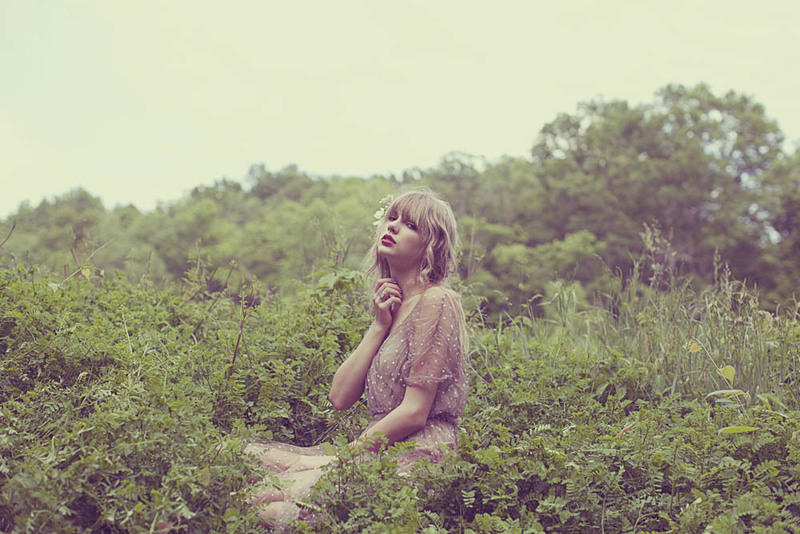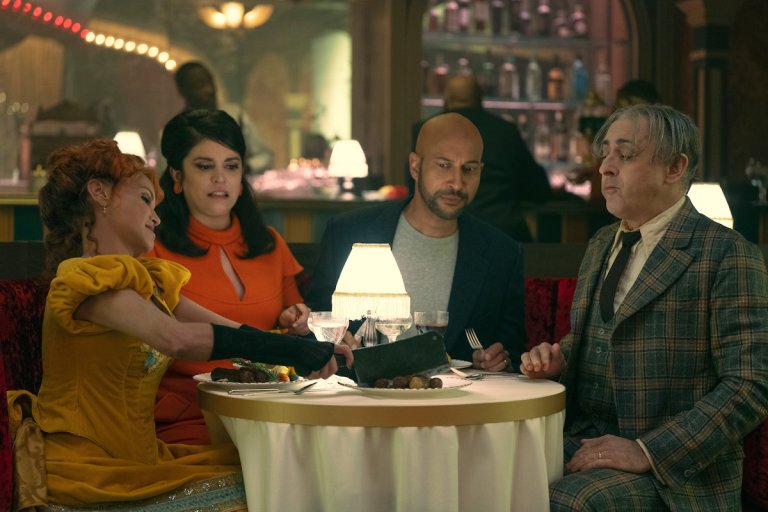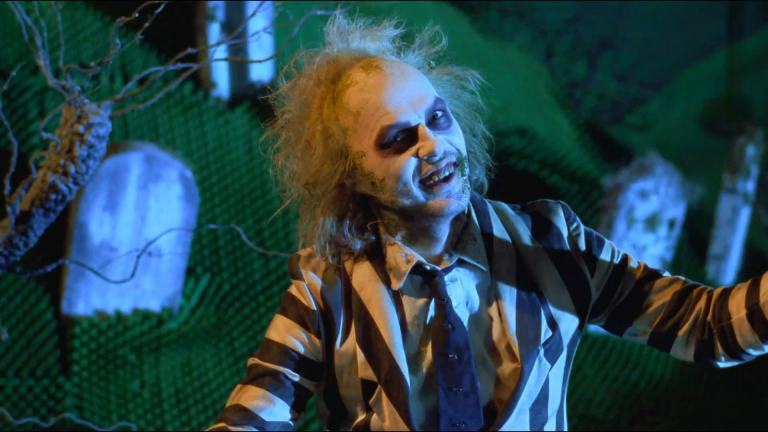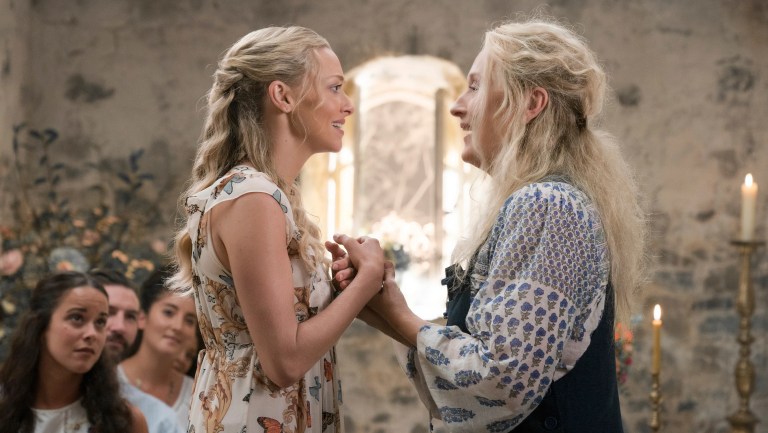Seeing Red
I am more than happy to reach back into the archives of teenage experience with Swift because she gives me something to hold onto there. And I stay with her as she moves through her 20s because she knows it, as I do, as the era of excruciating rejection and miscommunication.
By Liz Colville


1.
Taylor Swift releases an album every other fall, I think so people can experience her songs during the most romantic of the cold months and continue to get comfort from them as most of the country turns gray and the light turns a silvery yellow (holiday sales don’t hurt). To me, fall always seems like the most poignant and dramatic time of year: it has a heaviness to it that no other season has, and it’s clear Swift shares this sentiment. Fall no longer means going back to school for me, but it is a time haunted by memories of school days, and Swift’s music is immersive youth, even now that she’s an adult. Being a few years older than Swift makes no difference; I am more than happy to reach back into the archives of teenage experience with Swift because she gives me something to hold onto there. And I stay with her as she moves through her 20s because she knows it, as I do, as the era of excruciating rejection and miscommunication.
Red is a double-sided scale slowly tipping back and forth: on one side are slower, wordier songs written mostly by Taylor Swift and dealing with her relationship with Jake Gyllenhaal (and a few about Connor Kennedy for good measure). On the other side are the singles: lyrically simpler and sonically catchier songs each written or produced with the help of a hitmaker or two. In the former category we witness Swift’s maturation in incremental doses. In the latter, we have mostly happy, youthful moments painted in broad strokes. The result is delicious and exhausting. We can be tossed from moods like mournful to triumphant to angry to lustful to vengeful to nostalgic in the space of 20 minutes. But there is a thematic center to Red, and it’s found on “Treacherous,” one of the slower Swift-penned numbers.
On “Treacherous,” Swift declares that the hard relationships, the dangerous ones, the “red” ones, are thrilling, impossible to resist, and ultimately worthwhile even if they cause pain (a point that she underscores in the beginning of the album’s liner notes). This is a significant development. It acknowledges that she’s doing things differently than she used to. That she is, dare she say it, an adult. “I’d be smart to walk away,” she sings. Instead of playing the victim as she did in “Dear John” (“Don’t you think I was too young to be messed with?”) she is in control: “Nothing safe is worth the drive.”
Ever introspective, she still tries to rationalize herself out of the relationship. “I can’t decide if it’s a choice / getting swept away.” She eventually (and of course tastefully) resigns herself to the physical power of the relationship: “I’ll do anything you say / if you say it with your hands” and “I hear the sound of my own voice / asking you to stay,” and in the chorus, even more control: “I will get you, get you alone.”
Musically, the most reflective songs on Red tend to be the most plodding, and the most straightforward songs the most enticing. “Holy Ground,” a standout and probably a future single, is locomotive and assonant, yet bittersweet. It contains some of the best lyrics on the album. But the lyrics quickly sum things up, rather than pausing to reflect the way that “Treacherous,” “I Almost Do,” “All Too Well” and several others do. The lyrics on “Holy Ground” feel remarkable because the music beneath strengthens them. Once again Swift is remembering better times, and in the stunning bridge she tries to keep it together, sounding broken, angry, and just a tiny bit optimistic. This song is ultimately Swift’s best effort at memorializing the relationship:
Tonight I’m gonna dance
For all that we’ve been through
But I don’t wanna dance
If I’m not dancing with you
2.
Swift’s world, her critics might say, is the world of pretty girls. There are good pretty girls and there are bad pretty girls. She was bullied in middle school in Pennsylvania — “ostracized,” her mother says in the tour documentary Journey to Fearless — partly because she was beginning to make a name for herself locally as a singer. When she and her family moved to Nashville to pursue music more seriously, she was accepted at school. Bullying is never OK, but it’s frustrating for many that in her redemption songs about middle school, Swift seems to only draw contrasts between one kind of pretty girl and another. In the much-critiqued She’s All That-styled video for “You Belong With Me,” from 2008’s Fearless, the song’s narrator eventually takes off her oversized glasses and band camp t-shirt and shows up alone at her prom wearing a tasteful (and virginal) white dress, while her rival, the popular cheer captain, shows up in a glitzy red cutout dress (red, we have since been reminded, being the color of danger and passion).
But the feeling that Swift clearly had — and that I had, and that I think many of Swift’s fans have had — that the girls who get the guys in school always seem to be more developed, more outgoing, more provocatively dressed, and more wealthy, is a valid feeling. The girls who already seemed like adults were the source of so much of my envy as a teenager. What most of us (including the cool girls) didn’t realize at that age is that people can’t be pigeonholed by their class or personality or figure or the way they dress. But when your brains aren’t quite fully developed, you seek simpler ways to communicate.
What is problematic is that Swift continues to hang on to this simple picture of adolescence on Red, instead of showing us how different one woman (or girl) can be from the next. At the very least, Swift is now grappling with having been a “good girl” and how that must be reconciled with the wider, adult world — the world outside of the school walls, where the vast majority of her fans still spend their days. Being just shy of 23, Swift is still learning what it can mean to be a woman. She was homeschooled for the second half of high school and went on the road and recorded albums in lieu of attending college. Up to now she has mostly maintained that she is an introverted brainiac with wild, curly blonde hair who “wears t-shirts” or, failing that, knee-length dresses and skirts. What else is there to a “good girl”? There are a few clues to her current line of thinking on Red. On “Sad Beautiful Tragic,” she says:
good girls
hopeful they’ll be
and lonely will wait
So, what do “bad girls” do? Not wait? Not be hopeful? This “good girl” is her: a woman who loves someone (Gyllenhaal, presumably) who she knows is “trouble,” but who she still hopes will change and become a, well, “good guy.” She uses the terminology “good girls” because she has self-identified as one since the beginning of her career, and because most of her fans are girls. So the new adult experiences must still be translated into swiftie-speak. This would be OK if it didn’t result in a compromised idea of young womanhood, which simply cannot be seen in black and white terms. Swift only implicitly acknowledges elsewhere on the album that being “good” (patient, hopeful) can also mean being naïve. We can only hope that on future albums she addresses naïvety head-on.
There are other motivations for Swift to cling to youth, beyond the safety of it, and beyond her allegiance to her youngest fans. The video of “We Are Never Ever Getting Back Together” shows a pajama-clad Swift dancing with her bandmates, who are dressed up in animal costumes. The song is an inherently youthful anthem, and it is intended to annoy its subject (again, probably Gyllenhaal, given the actor’s resemblance to him in the video). Perhaps Swift is poking fun at Gyllenhaal for being comparatively old, serious and “indie.” She is flaunting her youth and promise in his face. The song’s chorus sounds as if it is sung not by multi-tracked Swifts but by a chorus of ecstatic children (“Weee-eee!”).
But the song is, cleverly, about the interplay of the kooky and childish with the sensible and strong. It is ultimately a celebration of getting out from under the thumb of Jake. In the spoken portion of the song, Swift sounds completely over the whole thing, in control. “This is exhausting, you know?” she says coolly. “…Like, we are never getting back together. Like ever.” Of course, the rest of the album paints a more complex picture. Swift seems preoccupied with the Gyllenhaal relationship on Red. But there is a mature idea behind “We Are Never Ever Getting Back Together,” and, combined with the music it is set to, it is powerful enough to create a surge of glee in the chest of any listener.
3.
Swift’s confidence, a constant presence in her live shows, has always just twinkled here and there on her albums. It shows up more on Red in spite of that laser focus on the “sad beautiful tragic love affair.” On the Ke$ha-like “22,” Swift and her friends “dress up like hipsters” (another jab at Gyllenhaal) and go out. She meets a new guy and addresses him in two pretty distinct ways in the chorus:
I don’t know about you
But I’m feeling 22
Everything will be all right
If you keep me next to you
This sounds like the old Swift, the “good girl,” the “princess” from “Love Story,” the girl whose entire future happiness is banked on a boy. But then:
You don’t know about me
But I bet you want to
That’s the powerful young woman bubbling up inside the teen superstar. “You don’t know about me” is proud and defensive, telling this random guy that just because he recognizes her face doesn’t mean he knows her.
Then: “But I bet you want to.” Empowerment of a sort that we don’t often hear Swift express. It can be heard a little on Speak Now, particularly on the angry maelstrom “Better Than Revenge” (which ends with a proclamation that Swift has since never let the world forget: “I always get the last word.”) But here she knows what she’s worth, and that her success is a strength. Yes, it can be tiresome to watch her once again talk about herself in terms of a man, to see herself only through a man’s eyes. But love and lust is her repertoire and we’re stuck with it. The chorus ends:
Everything will be all right
If we just keep dancing like we’re 22
What does age 22 mean to Taylor Swift? Does it still represent youth? “Everything will be all right / if we just keep dancing like we’re 22” implies that she’s trying to stop time, to freeze the moment. But it is also a celebration of adulthood, 22 marking the real beginning of your 20s — the post-college years, for many. She has “graduated.”
Which only reminds me how ridiculously young 22 is. But Swift knows. And on Red she seems to recognize, perhaps for the first time in her life, that the best is yet to come. The best will be even more painful, but it will make for even better songs. ![]()





